Zomato to invest $400 million more in quick commerce; will set up lending biz for restaurants
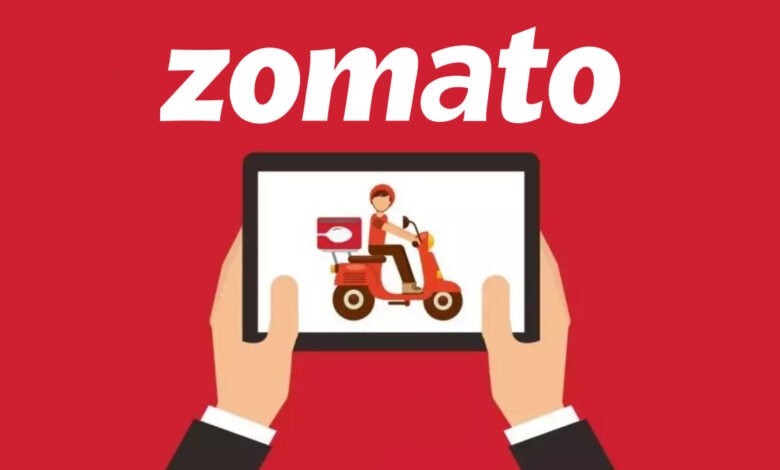
Zomato to invest $400 million more in quick commerce; will set up lending biz for restaurants
About Zomato
Zomato, an Indian international restaurant aggregator and food delivery company, was founded in 2008 by Deepinder Goyal and Pankaj Chaddah. In a few places, Zomato provides restaurant information, menus, user ratings, and food delivery from partner restaurants. As of 2019, the service is offered in 24 countries and over 10,000 cities.
Zomato began as Foodiebay in 2008 and changed its name to Zomato Media Pvt. Ltd. on January 18, 2010. In 2011, it was expanded to include Delhi NCR, Mumbai, Bangalore, Chennai, Pune, and Ahmedabad. In 2012, it opened offices in the United Arab Emirates, Sri Lanka, Qatar, the United Kingdom, the Philippines, and South Africa, expanding its international reach. With websites and apps in Turkish, Portuguese, Indonesian, and English, the company expanded into New Zealand, Turkey, Brazil, and Indonesia in 2013. In April 2014, it made its debut in Portugal, followed by launches in Canada, Lebanon, and Ireland in 2015.
In 2015, the company bought Seattle-based food web Urbanspoon, allowing it to grow into the US and Australia. The expansion of Zomato into the United States was in direct competition with similar services such as Yelp and Foursquare.
Zomato launched a site dedicated to food pornography, in 2011. It worked with Citibank to create a hardcopy version of the website “Citibank Zomato Restaurant Guide” in May 2012, however it has since been discontinued.
In February 2017, Zomato Infrastructure Services, a service to let restaurants expand their reach without incurring any fixed costs, was announced. In September 2017, Zomato declared that it has “become profitable” in all of its 24 countries of operation, as well as a “zero-commission model” for partner restaurants. Zomato ceased accepting updates from its active users at the end of 2017 since it did not use moderators to check and make updates. Users of the app have experienced problems with the app’s new payment functionality.
For 2016–17, Zomato cut its losses by 34% to 389 crore, down from 590.1 crore the previous year. In February 2018, Zomato was designated as a unicorn. In September 2019, the company let off over 10% of its personnel (540 workers) who worked on back-end tasks like customer service, merchant assistance, and delivery partner support. Due to increased demand for online groceries due to the COVID-19 pandemic, the company started its grocery delivery service, Zomato Market, in 80+ cities throughout India in April 2020.
To prepare for a post-lockdown world, Zomato introduced contactless dining in April 2020, which eliminates the use of high-touch features such as the menu, ordering, and bill payments through bar codes or the app while the staff wears masks.
Due to the COVID-19 epidemic, Zomato lay off another 520 employees in May 2020. Even though demand for food delivery services from restaurants and takeaways has increased, Zomato’s stated rationale for needing cuts is that the coronavirus outbreak will be followed by an economic slump, which could affect orders.
Zomato received accolades in August 2020 for implementing a period leave policy that allows female employees to take up to 10 days off each year if they cannot work due to the health impacts of their menstrual cycle. The policy also covers employees who are transgender.
Zomato went public on July 23, 2021, with an initial public offering (IPO) price range of Rs 72-76 per share.
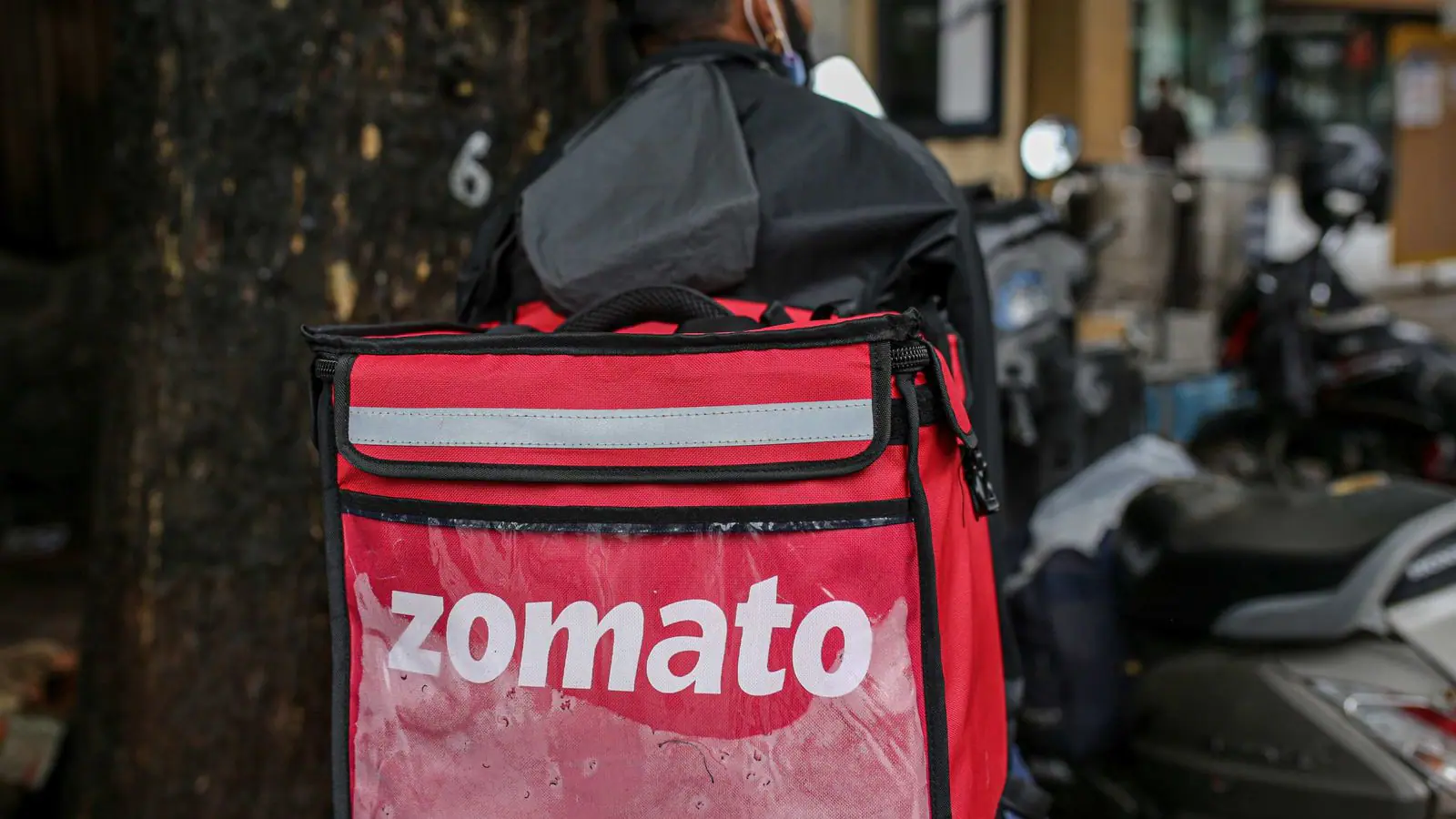
Investments
Zomato obtained roughly US$16.7 million from Info Edge India between 2010 and 2013, providing Info Edge India with 57.9% ownership in the company. It secured an additional US$37 million in November 2013 from Sequoia Capital and Info Edge India.
Zomato raised $60 million in a new fundraising round in November 2014, valuing the company at $660 million post-money. This fundraising round was headed by Info Edge India and Vy Capital, with Sequoia Capital as a participant.
In April 2015, Info Edge India, Vy Capital, and Sequoia Capital led a new $50 million fundraising round. In September, Temasek, a Singapore government-owned investment corporation, joined forces with Vy Capital to raise another $60 million.
In October 2018, Zomato funded $210 million from Ant Financia, Alibaba’s payment affiliate, in exchange for a 10% ownership investment in the company. The deal valued Zomato at roughly $2 billion. Earlier in 2018, Zomato raised an additional $150 million from Ant Financial.
After previously committed capital from Ant Financial failed to materialise, Zomato raised $62 million from Temasek in September 2020.
Zomato raised $52 million from Kora, a US-based investment group, in a Series J fundraising round in October 2020.
Zomato raised US$250 million in February 2021 from five investors, including Tiger Global Management, for a total valuation of US$5.4 billion.

What is the definition of quick-commerce?
You decide to make a fast Maggi for supper because your wife isn’t home. Only that you can’t seem to locate a pack and are too lazy to go out and purchase one. You wish someone had gone out of their way to get it for you.
Your mother is preparing dosai but has run out of oil. She understands that producing oil-free dosai is neither possible nor desirable. No one will touch it, giving the term “contactless dining” a whole new meaning. She wants you to get it, but you’d rather sit and watch the game, wishing someone else could.
At 12 a.m., your sister finds she’s out of diapers. She wakes up her husband, who is more enraged than concerned about his son peeing on his bed. Your sister wishes she had a nicer spouse who came home to get her things at weird hours.
Your family is about to receive assistance. And promptly. Q-commerce is the next step in the evolution of e-commerce. It’s all about speed, as the name implies. Consumers can expect delivery within an hour of making an order with Q-commerce. In a sense, Q-commerce is e-commerce with a faster delivery time!

E-commerce vs Q-commerce: What’s the Difference?
It blends the benefits of traditional e-commerce with last-mile delivery advancements. It takes advantage of the internet’s ubiquity to deliver things quickly. The importance of delivery speed cannot be overstated.
This may appear to be an impossibly short timetable, but Q-commerce is focused on modest orders rather than the large selection supplied by merchants. In terms of overall GMV, Redseer Consulting estimates the Indian market opportunity for Q-commerce to be $ 0.3 billion. By 2025, this is estimated to reach $ 5 billion. Quick growth, to put it that way!
This ideal storm has been created by shifting consumer dynamics, shifting social and cultural realities, and a fast-changing, fast-moving globe. People nowadays are pressed for time. Compared to their parents, they are more spontaneous, value more, have more discretionary cash, and are in the mood to spend it. They also belong to the growing I-want-it-now generation, which can’t wait, doesn’t want to wait, and wonders why anyone would ever make them stay.
The rush players who have quickly entered this area are faster than Q-commerce. Traditional biggies like Swiggy, Dunzo, and Big Basket are changing colours and shifting to Q-commerce. New players like Zepto have waltzed in as much as the conventional biggies like Swiggy, Dunzo, and Big Basket, who are changing colours and shifting to Q-commerce. Grofers has taken it a step further by switching from an all-grocery business model to a quick-commerce one that includes a wide range of other products. They’ve even changed their name to Blinkit for good measure.
Swiggy’s Q-commerce business, Instamart, has just received a $ 700 million investment. Zepto was awarded $ 60 million. If I may add, really quickly!
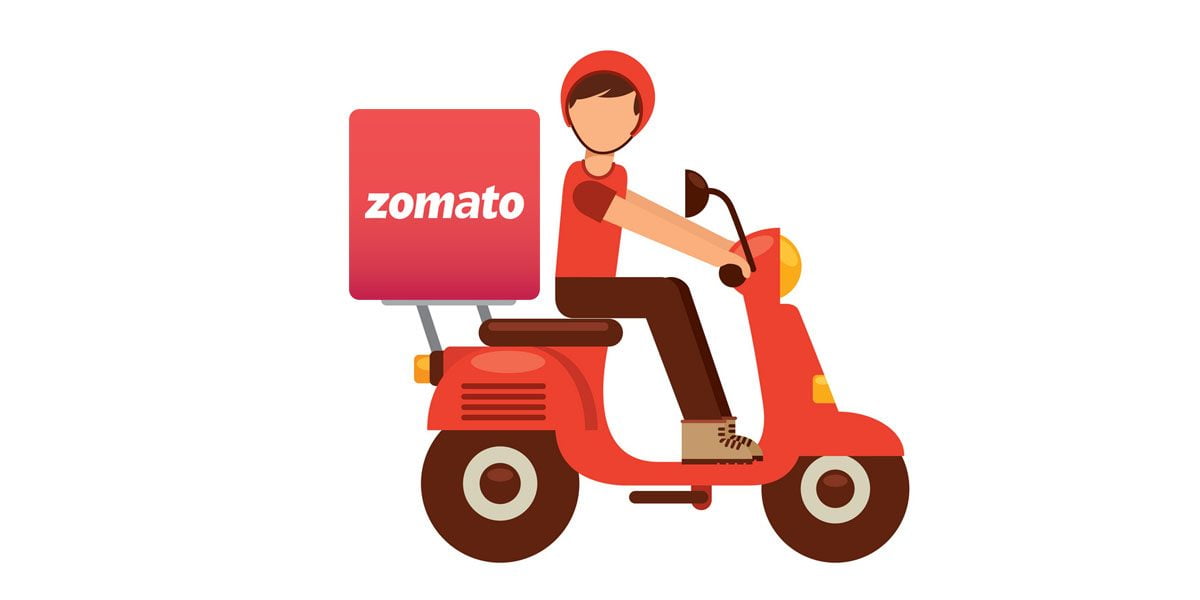
Q-impact commerce’s on traditional retailers:
Do all of this frantic activity and the market surrounding Q-commerce sound like a death knell for mom-and-pop shops? Is this the end of the road for Kirana’s neighbourhood?
The answer is a resounding no. On the contrary, the more crowded and noisy the Q-commerce environment becomes, the better it is for local retail establishments. This is the point when their actual game begins.
If there was ever a time when Q-commerce was tailor-made for someone, it was for the neighbourhood retailer. Who understands the customers better than you? Who better to deliver it than the person who lives directly across the street? Who else did you grow up with, and with whom have you been serviced every step of the way?
Q-commerce behemoths operate by establishing shadow storefronts in millions of communities. They have a much smaller selection of stocks and versions of each. However, according to the Redseer analysis, just 20 million Indian households can be reached by Q-commerce enterprises. India has more than 250 million households to put that number in context. And the majority of them are currently served by the local retailer. If you do the arithmetic, you’ll be able to uncover the hidden possibilities!
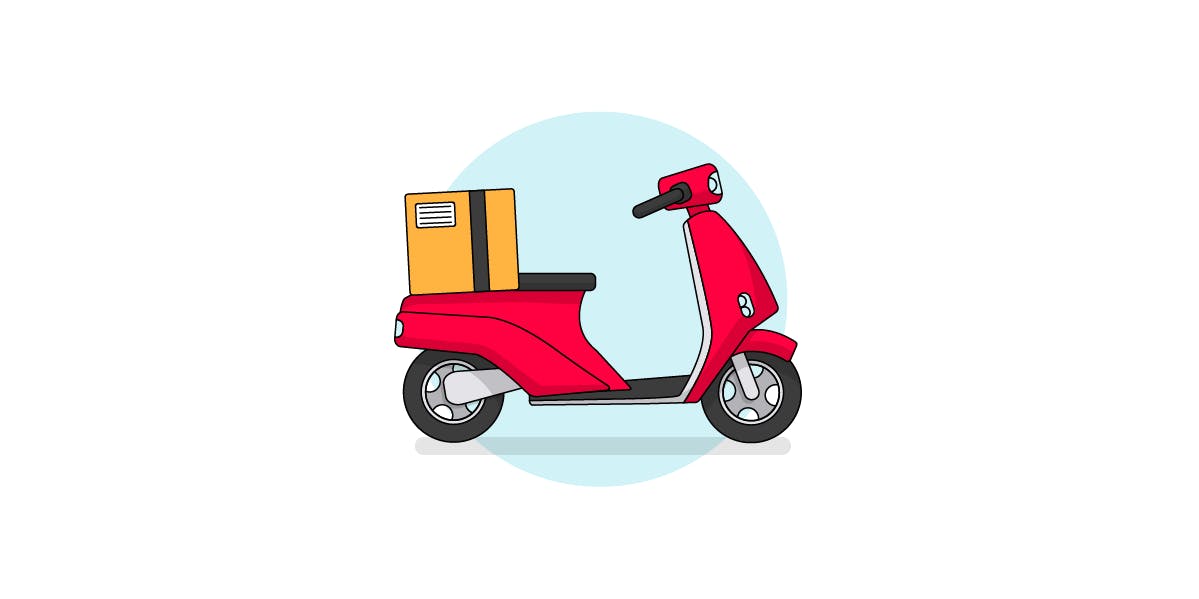
What are the benefits of Q-commerce for retailers?
First, they must recognise that they can and will fight and win the q-commerce war. All they need is technology’s invisible hand to act as their Brahmastra in this conflict. Allow me to bring you up to speed if you excuse the pun.
First and foremost, Q-commerce necessitates a strict business discipline. Y Purchase, stock refilling to the godowns and from there to the racks, daily stock-taking, seamless online ordering tools, automated stock-picking process based on order, home delivery management system, and periodic engagements with customers through notifications are all things that need to be perfected. In short, you’ll need a solid ERP to track all processes from the time a product enters your store to the time it reaches your customer’s doorstep. Not just any ERP, but one with a broader scope that is constantly upgrading itself to keep up with the times.
Q-commerce must include the following features:
A comprehensive and robust inventory management system is the foundation of Q-commerce. More so to compete with the dark stores that the major retailers plan to open in every neighbourhood. You’ll need some reliable apps to manage your operations and reduce errors. You’ll need a flexible online order management solution to receive orders from customers via mobile or the web, an accurate order picking solution to fill orders quickly, and an integrated delivery management application to help delivery executives get to their destination without missing any deliveries.
OrderEasy from Gofrugal is an ERP-integrated online order management application that may help you manage your whole e-commerce business. When you receive a customer order, you can provide it to your team faster so they can pick the correct product without making mistakes. It can even suggest more things to add to the order, allowing you to sell and bill more!
Stock pick, a profound solution for a particular problem of order choosing, complements the app. This app is truly revolutionary. You don’t require a devoted and well-trained workforce to find the correct product, version, and flavour. All you need is a semi-skilled worker who can scan the product barcode with the scanner. It enables you to pick orders without making any mistakes or causing inconvenience swiftly.
To top it off, you have GoDeliver, which will assign it to the next available delivery worker. It can even recommend additional items to include in the order, allowing you to sell and bill more!
Stock pick is a companion to the app and is a deep solution for a specific order selection problem. This app is absolutely groundbreaking. You don’t need a dedicated and well-trained crew to locate the right product, version, and flavour. You need a semi-skilled individual who knows how to use the scanner to scan the product barcode. It allows you to pick orders quickly and accurately without making any errors or incurring any inconvenience.
Then there’s GoDeliver, which will allocate it to the next available delivery worker. All you need is a comprehensive ERP like Gofrugal, as well as a variety of apps to supplement and complete it. Then Q-commerce is a piece of cake.
Let the game begin!
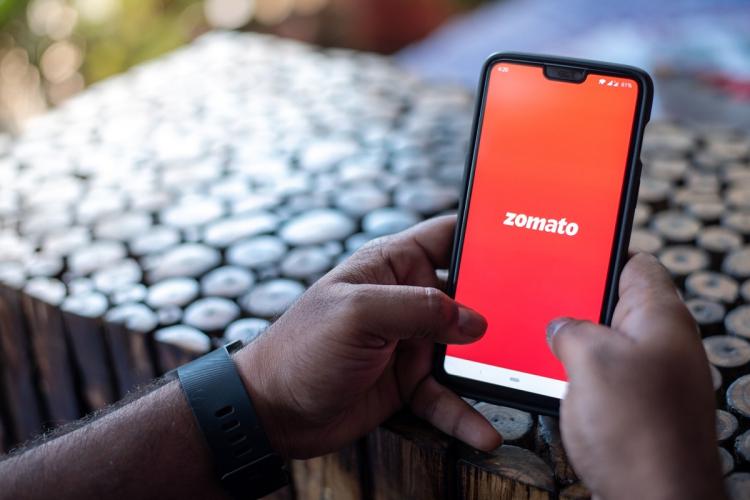
Zomato will increase its investment in rapid commerce by $400 million.
Zomato Ltd, an online meal delivery service, announced on Thursday that its income from operations for the December quarter increased year over year and sequentially while its loss shrank.
Revenue from operations increased to Rs 1,112 crore in the fiscal third quarter, up from Rs 1,024.2 crore in the previous quarter and Rs 609.4 crore a year before. The loss shrank substantially to Rs 67.2 crore, down from Rs 434.9 crore a quarter earlier and Rs 351.3 crore a year ago.
On a quarterly basis, Zomato’s revenue from operations increased by 9%, while customer delivery charges decreased by 22%. “This was led by a Rs 7.50 per order reduction in customer delivery prices in Q3 FY22 compared to Q2 FY22,” Zomato explained, adding that it re-distributed its growth investments more in favour of discounts on customer delivery rates than food vouchers.
“When compared to coupons, we see a larger return on investment with discounted delivery prices.” As a result, in the last quarter, discounts per order decreased by Rs 5 per order compared to Q2 FY22,” it said.
Zomato reaffirmed its commitment to the quick-commerce market, announcing that it will invest an extra $400 million in the sector over the next two years.
The Gurgaon-based firm also added 180 more cities, bringing its total presence in India to over 700.
Zomato’s adjusted revenue grew 78 per cent year over year to Rs 1,420 crore, including income from operations and customer delivery charges. The company observed a tremendous rise in food order volumes on New Year’s Eve, resulting in a gross order value (GOV) of $18 million, up 78 per cent from the same day last year, as ET previously reported.
In the December quarter, Zomato’s GOV increased by 84.5 per cent YoY and 1.7 per cent QoQ to Rs 5,500 crore.
“We believe the weak QoQ growth in GOV was primarily related to a reduction in customer delivery charges as noted above, as well as a modest impact of post-Covid reopening (including some shift from delivery to dining out),” according to the company’s results report.
According to the company, unit economics in Zomato’s meal delivery business have improved over time. According to the report, the contribution margin (as a percentage of GOV) has consistently improved from a negative 15% in 2019 to 1% currently. “A 5% contribution margin in our food delivery operation (at current scale) should lead us to Ebitda break-even (covering all common corporate costs as well).”
Quick-commerce ambition
Blinkit (previously Grofers), Shiprocket, and Magicpin have all received $225 million in funding, according to the business, and Blinkit has rapidly scaled its operations in the buzzy quick-commerce area. With over 400 dark stores spanning 20 cities in India, it has an annual gross merchandise value run rate of $450 million based on January sales.
The sector, according to Zomato, has a “large addressable market” and is “synergistic to its meal delivery business.”
“We are quite optimistic about product-market fit, unit economics, and the quick-commerce category’s development trajectory.” It reminds us of the food delivery sector a few years ago, when many platforms fought for a vast and growing industry. Still, only the few that provided excellent customer experiences remained,” Zomato noted in its most recent financial report. “We’re growing more confident in our decision to invest in market leadership with excellent unit economics in this area.”
Swiggy’s rival, Instamart, has set aside $700 million to expand its quick-commerce area, according to ET.
Zomato announced last year that it would invest $1 billion in startups over the following two years. “We want to continue to make minority stock investments in companies that will help us develop faster.” “We want to form a symbiotic connection with other company founders and leverage their skills to build and assist our firm,” the results report stated.
Other businesses and NBFCs
Zomato has announced plans to establish a non-banking financial entity that will give short-term credit to its restaurant partners, delivery partners, and even customers.
Zomato Wings was created in November of last year to assist restaurants in obtaining funding by acting as a conduit between restaurants, cloud kitchen firms, and investors.
In July last year, the company that got listed pledged to reinvest in its supply business for restaurant partners, Hyperpure, where it had sustained a loss in its first quarterly financial report — for the first quarter of FY22.
Zomato reported that sales from Hyperpure increased by 168 per cent year over year to $21 million in the December quarter. This quarter, the company has expanded to nine cities and is working with 27,000 distinct eateries, up 50% from the previous quarter.
The company went on to say that it had no plans to make money from its dining-out business anytime soon instead of focusing on improving the product and user engagement.
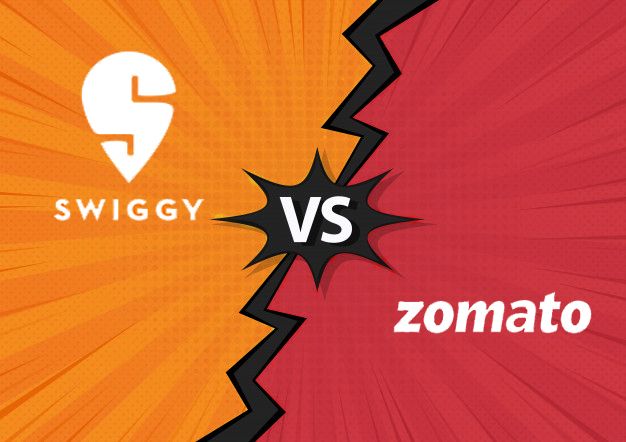
Zomato vs Swiggy
Swiggy, a competitor, released its financial results for FY21 on Thursday. As the food delivery platform weathered the first year of the pandemic, its consolidated income from operations plummeted 26.6 per cent to Rs 2,547 crore, but its net loss shrank nearly 59 per cent of Rs 1,617 crore.
The food and vital delivery services provider said in a regulatory statement gathered from business intelligence platform Tofler that lockdowns, restrictions, and other emergency measures enacted in the aftermath of the Covid-19 outbreak harmed its performance in FY21.
Zomato’s revenue fell roughly 25% year on year to Rs 1,994 crore, and its deficit narrowed to Rs 816.4 crore in the same fiscal year.
Edited and published by Ashlyn Joy




